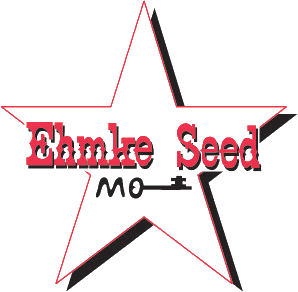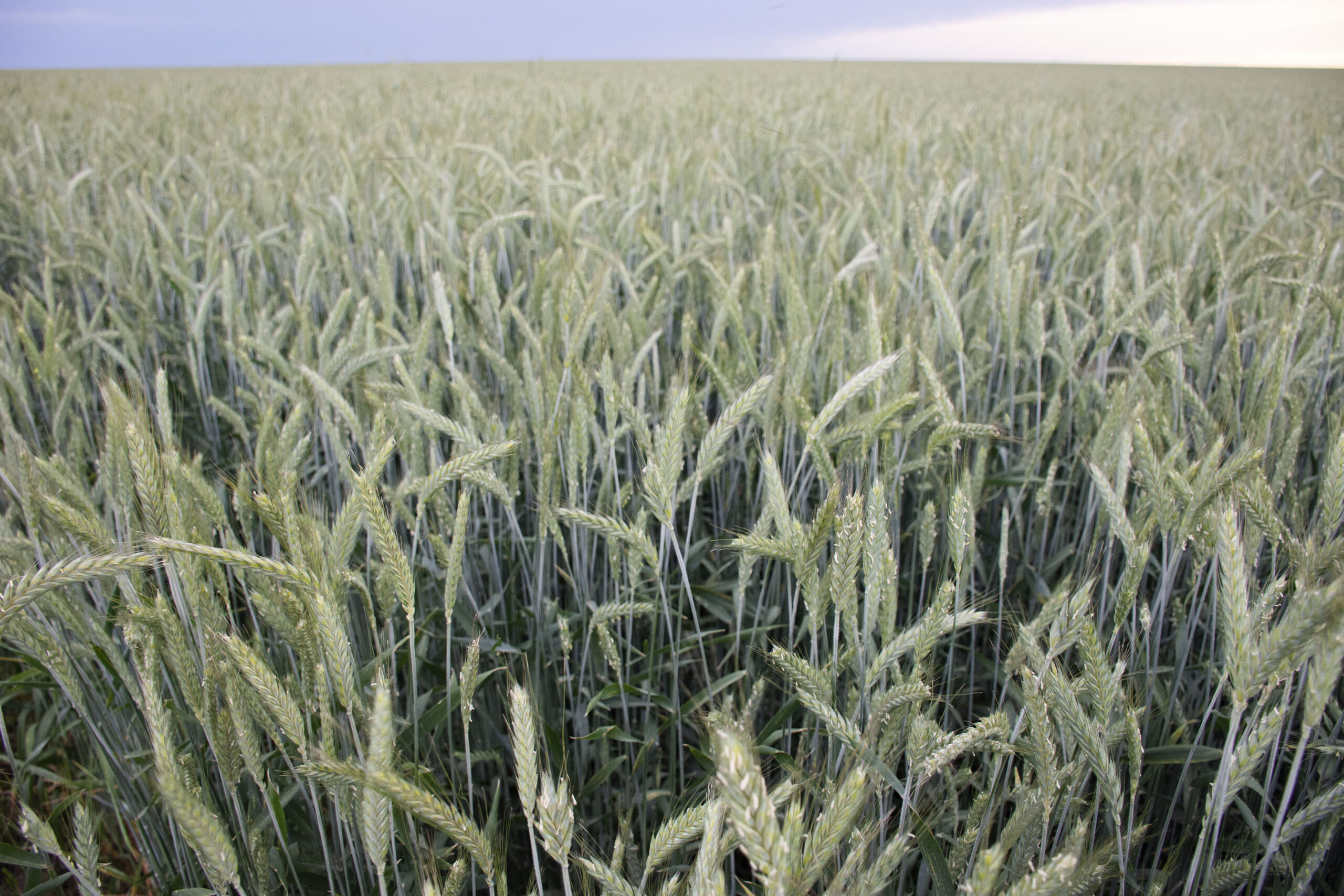By Vance And Louise Ehmke
Dear Drs. Perumal and Zhang:
I’m writing to wholeheartedly support the K-State research initiative dealing with alternative crops for western Kansas titled: “Developing Climate Resilient and Profitable Grain, Forage Crops and Livestock Grazing Programs with Enhanced Nutritional Value for Western Kansas”.
As longtime certified seed wheat growers here in Lane County, Louise and I diversified into triticale over 30 years ago—and here at Ehmke Seed, we continue to be amazed at the adaptability of this crop and the demand for it. Over the past 5 to ten years, the popularity of this crop has been growing faster than a Kansas prairie fire with a 40 mph tail wind!
Let’s look at some data. Here in the US, last year there were right at 1.3 million acres of triticale being grown with Kansas probably having the largest acreage in the nation, closely followed by Texas and Oklahoma. Here in Kansas back in 2015, there were 147,000 acres planted. By 2021, just a short 6 years later, the acreage had nearly doubled and stood at 281,000 acres. It is important to note that the bulk of these acres are here in western Kansas. It is also important to note that the Kansas triticale acreage is greater than the combined total of all rye, oats and barley grown in the state.
Why are we seeing this growth in triticale acreage? Maybe it’s because farmers will do what they can make the most money doing. Maybe it’s because the Ogallala Aquifer continues to decline—and maybe it’s because this wheat-rye cross takes less water to grow than corn. Maybe triticale seed costs a lot less. Or maybe it’s because you have little to no herbicide or chemical cost with triticale.
A number of western Kansas visionaries have said we ought to quit growing corn and put that water to use growing forages. They say that’s where the money is. That’s where the future is.
The large western Kansas beef cattle feedyards are nothing new. Generations ago the entire cattle finishing industry of the US moved from the Corn Belt to the Plains states. Just as quickly, the River Markets serving that region all but disappeared. But within the dairy industry, we continue to watch a major structural change with continued and severe reductions in herds in historic dairy states like Pennsylvania and Wisconsin. Like the confined cattle feeding industry, the large industrial sized dairies are moving to the Plains states. And with them, they’re bringing industrial sized demand for forages just like our beef industry.
While the feedlots and dairies are consuming massive and increasing tonnages of triticale silage, don’t overlook the other half of the demand for triticale forage in the form of grazing programs. Because of modern day wheat breeding efforts, wheat has rapidly declined in importance as a forage alternative as wheat breeders focused their entire efforts into producing grain. The result has been a crop with higher grain yields but also a crop that is shorter with less leaf and stem mass. Wheat is also a plant that is now less competitive in dealing with such problems as weeds. And at the same time, we now have very serious problems controlling weeds because of herbicide resistance.
Again, Triticale, our top student sitting on the front row, raises his hand and says, “I have a solution for that—it’s called allelopathy, competition and suppression”. We have been growing triticale for over 30 years and we just don’t have problems with diseases or with weeds like we do after wheat harvest. Plus, we have a heck of a lot more stubble or crop residue left over. KSU wheat breeder Allan Fritz and USDA virologist Mary Guttieri are now convinced they must turn to triticale for sources of resistance to the wheat streak mosaic virus based on results of plots here on our farm which show triticale is either extremely resistant to or just flat immune to this virus. Also related, Dr. Fritz has turned again to triticale for sources of allelopathy to incorporate into new wheat varieties. It would sure be nice if K-State had its own triticale breeding program for these purposes. But also to develop newer higher yielding and more drought/heat tolerant and disease resistant varieties for the evolving hay and silage market and for grazing programs. Presently, many of the varieties being planted here in Kansas are older varieties that were developed in out-of-state programs with many being from as far away as Europe.
Too, looking ahead, many of the most savvy in the triticale industry say the real place for this man-made grain may be as a feed grain that would again serve our livestock industry as alternatives to corn and grain sorghum. Some years back noted K-State ag economist Dr. Barry Flinchbaugh observed that of the major crops grown in the US, American farmers have the strongest competitive advantage with such feed grains as corn….and a lot less with wheat.
There are many reasons for that and for the continual shrinking of our wheat acreage–but the bottom line is the bottom line. Looking at KSU’s crop production budgets, you’ll note the profitability of growing dryland wheat in western Kansas is significantly less than what we make with grain sorghum and corn.
Again based on KSU research, the most profitable crop rotation in western Kansas is wheat-sorghum-fallow which is a food grain-feed grain-fallow rotation. Instead, why not a triticale-sorghum-fallow rotation—or a feed grain-feed grain-fallow program. As you know from KSU research, there is a strong relationship between the amount of wheat stubble you plant sorghum or corn into and the yield of either of those crops. And one of the things we dearly love about growing triticale is the massive amount of crop residue left after harvest. I believe there would be a very powerful synergy between triticale and following feed grain crops. Not only that but these crop residues are clearly beneficial in controlling wind and water erosion.
The need for this research being funded now is even more important since New Mexico State University recently terminated their state-of-the-art forage evaluation program which provided high quality unbiased information on triticale varieties to the industry. That was truly a loss because the NMSU data ranked the many triticale varieties on forage production but also enlightened producers on many other attributes such as crude protein and TDN values along with water use efficiency, for example.
Looking back 20 and 30 years ago when Carlyle Thompson was on the research faculty at the KSU Hays Experiment Station, he literally put K-State on the map with the volumes of work he did with small grains alternatives. Those data are still being quoted today. Carlyle felt he was truly doing something useful for his producer clientele—the farmers and ranchers of Kansas. And he was, as evidenced by the hundreds of producers from Kansas and out of state who came to his field days…..compared to the mere scores of farmers who went to the wheat field days!
In summary, this is one of the most relevant and useful research proposals that I have seen in years. With it, Kansas State University again has the opportunity to step away from the crowd and to provide leadership for not only Kansas producers but for this entire region. I don’t think there is any choice here—this proposal has to be funded!

